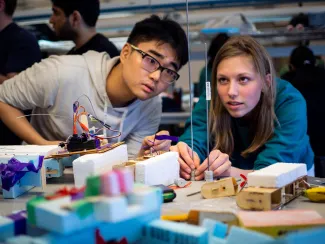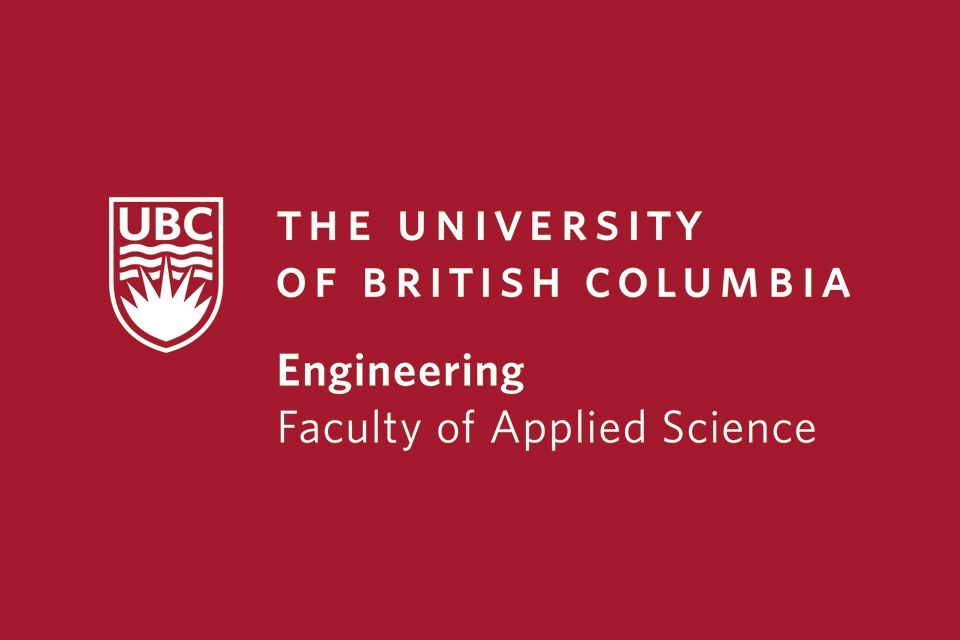"I realized I was more interested in applied science rather than just science on its own, particularly when I looked ahead to the many job options that are open to someone with a degree in applied science."

Emma Starr
- Degree:
- Bachelor of Applied Science
- Grad year: 2021
- Program:
- Campus: Vancouver
Job: Lead Test Integration Engineer, magniX
What got you interested in engineering?
I started out at UBC in the Faculty of Science with the intent to focus on environmental science. However, my enjoyment of first-year physics led me to consider engineering as an option. I realized I was more interested in applied science rather than just science on its own, particularly when I looked ahead to the many job options that are open to someone with a degree in applied science.
Any highlights from your time at UBC?
MECH 2 is a series of five courses that all Mechanical Engineering students take in the second year of their program. It was great for gaining tangible technical, project management and practical skills in things like coding and CAD. The other project-based courses also stand out.
You were very involved on the UBC Varsity rowing team. Tell us about it!
Being part of UBC’s Varsity Rowing team meant for an unconventional undergrad experience compared to other engineering students. For example, it was very hard to be part of evening study groups because I had to get up so early. I would wake up at 4:30 am to go to the boathouse to do a row, then head back to campus for a day’s worth of classes and then complete a second workout at the gym or on the rowing machine followed by assignments and studying.
It was gruelling work and required many sacrifices. However, I feel I am a better person for having been on the team while doing a challenging program.
We created an environment centred on discipline and perseverance both on and off the water, and I’m proud that we came home from the Canadian University Rowing Championships with the banner in both 2018 and 2019 where I raced and won both the lightweight four and double.
I also competed for the US at the 2019 World Rowing U23 Championships, winning bronze in the women’s lightweight quadruple sculls. Looking back at the progress I made over five years—from entering UBC never having touched an oar to being a part of multiple winning teams—I’m thankful that I never gave up.
What do you like best about your job?
I like that this job is different almost every day. Some days are focused on documentation, while others focus on high-level program plans for specific product applications. In general, I tend to gravitate to higher-level systems work and I like seeing how the different systems interact and trying to optimize the integration.
It’s fun to be in that strategic thinking role, while still also having boots on the ground and actually running an engine test on the “dyno” and figuring out the root cause of any issues that arise.
Working in a small company also means I have exposure to lots of different realms rather than doing the same thing over and over again. Finally, I feel very lucky to be working at the cutting edge of this industry with some truly incredible people.
Anything else you want to share?
One thing I’ve found is that while technical skills are important, so too are organizational skills and team management skills.
It’s very valuable to develop those core skills early in your career, particularly when you are still developing your technical expertise, because sometimes they are what set you apart as an engineer.





